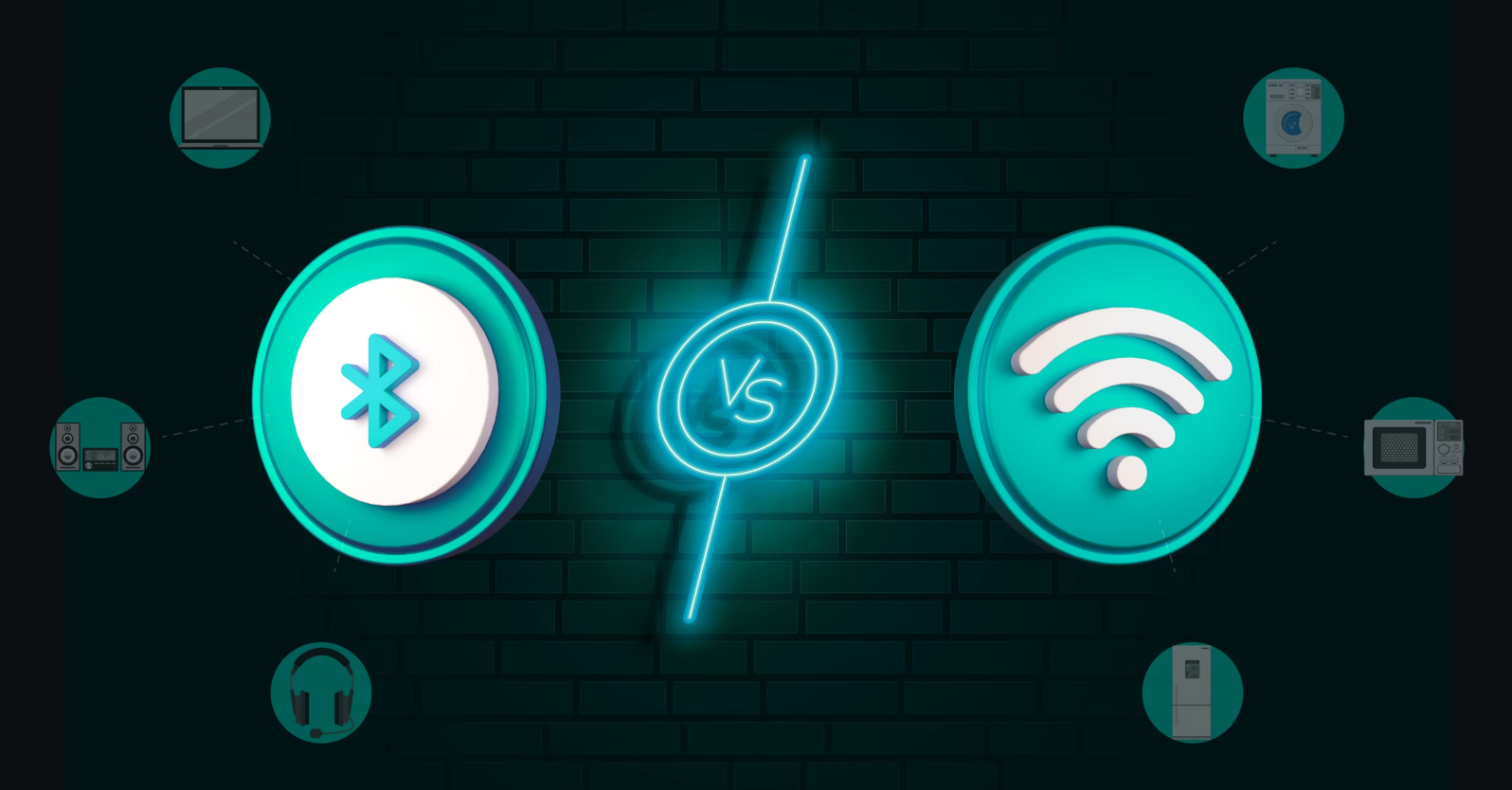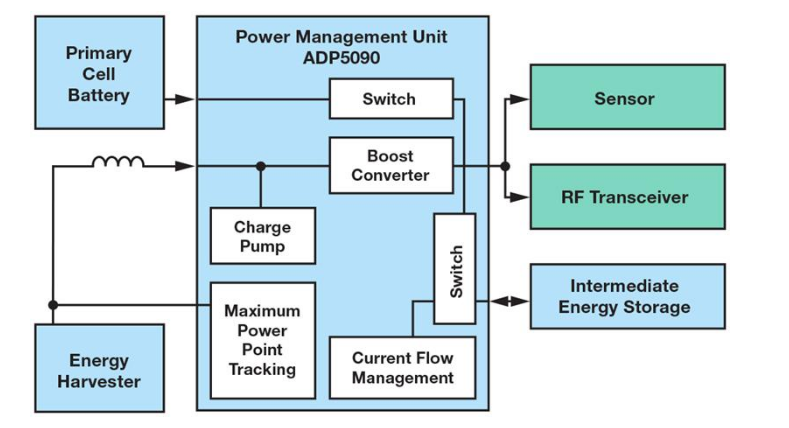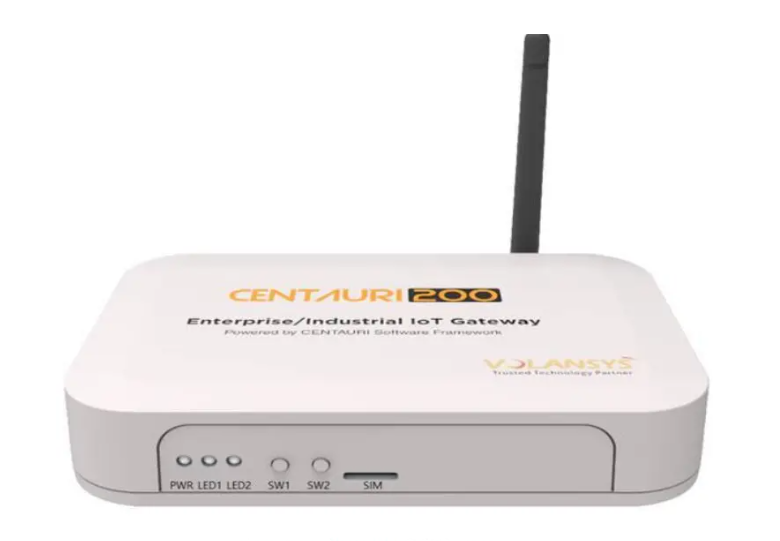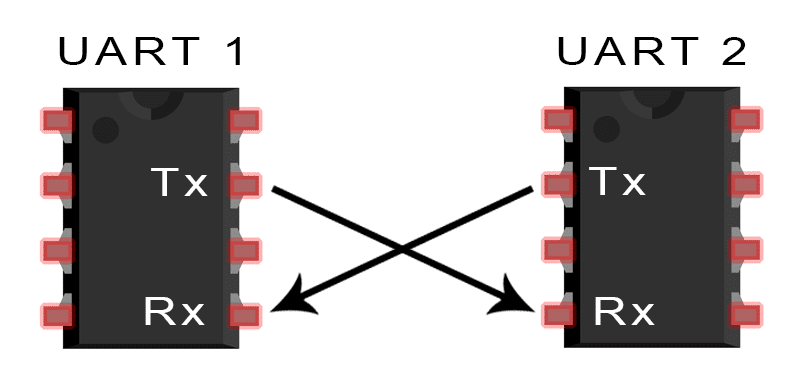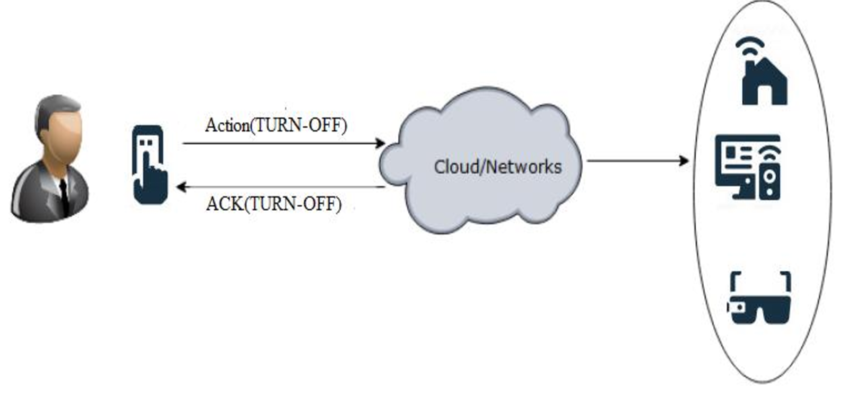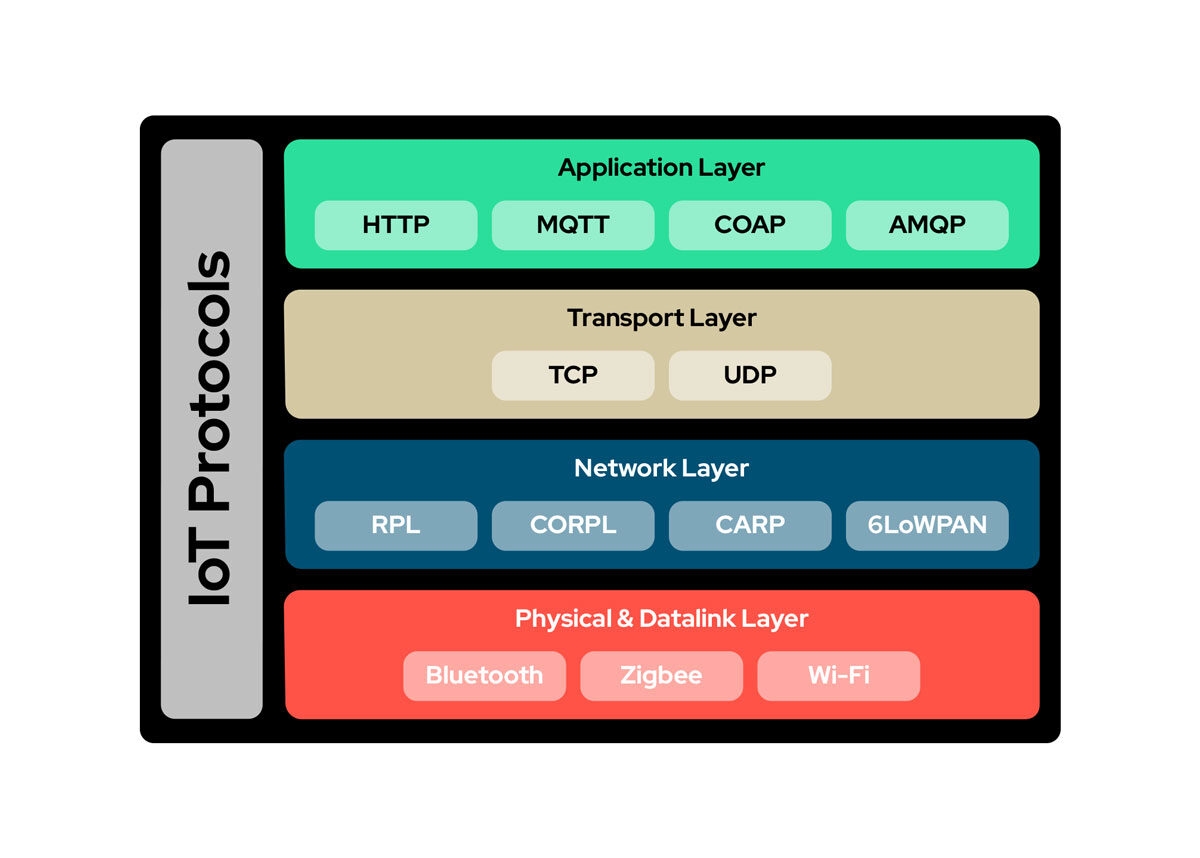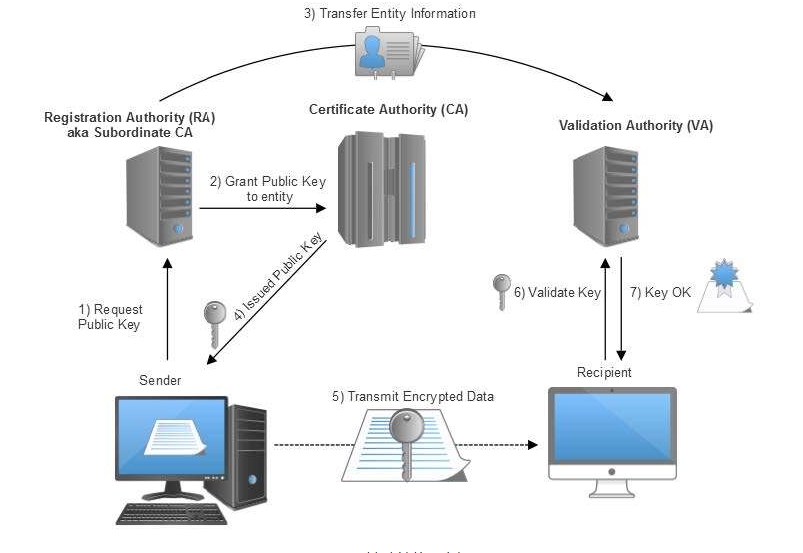Overview
Today, the Internet of Things (IoT) spans many industries and is one of the fastest-growing areas in IT. Last year, consumer IoT spending reached $300.3 billion and is projected to grow to $650.5 billion by 2026.
As IoT becomes integral to daily life, engineers and system designers must understand how different wireless technologies address the growing connectivity requirements.
Not all wireless connections are the same. Wi-Fi HaLow, based on IEEE 802.11ah, is a member of the IEEE 802.11 family specifically designed to meet the unique needs of IoT environments. It offers many of the advantages of conventional Wi-Fi while extending range and significantly reducing power consumption for thousands of devices connected to the same access point. Like other Wi-Fi technologies, Wi-Fi HaLow supports multi vendor interoperability, can be deployed without disrupting existing Wi-Fi networks, and uses standard Wi-Fi security mechanisms.
Bluetooth is a widely used wireless personal area network (WPAN) protocol found in many consumer devices such as smartphones, wireless headsets, and portable speakers for short range communications. Bluetooth is less suited to IoT use cases that require many low-power devices connected over long distances. Bluetooth exists in two distinct flavors: Classic Bluetooth and Bluetooth Low Energy (BLE, also called Bluetooth 4.0 and later).
Range
Unlike Wi-Fi 4, Wi-Fi 5, and Wi-Fi 6, which use 20 MHz to 160 MHz channels, Wi-Fi HaLow operates below 1 GHz with narrower channels from 1 MHz to 16 MHz. Operating at lower RF frequencies between roughly 850 MHz and 950 MHz, and using range optimized modulation and coding schemes, Wi-Fi HaLow can achieve link distances exceeding 1 km in favorable conditions.
By contrast, the Bluetooth standard operates in the 2.4 GHz ISM band and typically supports outdoor ranges up to about 100 m in open line of sight conditions. Indoors, most Bluetooth devices operate over much shorter distances, commonly 9–12 m. Bluetooth 5 introduced a long range mode (coded PHY) that can extend outdoor line of sight range substantially, potentially approaching 1 km, but this comes at much lower data rates down to 125 kbps.
Actual range for any wireless protocol depends on physical barriers and the environment. As a sub-1 GHz protocol, Wi-Fi HaLow offers superior penetration through materials such as glass, wood, metal mesh, or concrete. Signals in the 2.4 GHz band used by Bluetooth experience greater attenuation and are more easily blocked by obstacles.
Capacity
A single Wi-Fi HaLow access point (AP) can handle thousands of connected devices. This capacity is important for large scale IoT deployments in commercial buildings, factories, and industrial applications. In residential settings, a single Wi-Fi HaLow AP can scale to meet typical household IoT device counts.
Classic Bluetooth nominally allows up to seven active connections in a piconet, but practical simultaneous connections are often 3–4 devices. BLE supports more devices but remains limited; a central BLE device typically handles around 20 active connections. To scale further, BLE relies on mesh networking. Bluetooth mesh enables networks of hundreds or thousands of devices to interoperate, but mesh packets have small payloads (about 11 bytes), requiring fragmentation for larger payloads, and packet size plus hop count increase end-to-end latency.
Security
As an IEEE 802.11 protocol, Wi-Fi HaLow follows established Wi-Fi authentication and communication standards. It supports WPA3 and AES encryption for over-the-air (OTA) transfers, enabling secure OTA firmware updates.
Bluetooth was not originally designed as a security protocol, but security has improved over time. BLE now supports AES-CCM and 128-bit encryption. The Bluetooth Special Interest Group (Bluetooth SIG) continues to monitor and enhance Bluetooth security features.
Power Efficiency
Wi-Fi HaLow is designed to meet the low-power requirements of a range of IoT applications such as sensors, audio, and video. It provides energy-efficient connection options that consume only a fraction of the power used by other Wi-Fi variants.
Classic Bluetooth, commonly used for audio, can transfer larger payloads such as images or low-rate video while remaining relatively energy efficient compared with legacy Wi-Fi. BLE is even more power efficient, tailored for sensors and LE audio, and typically consumes an order of magnitude less power than Wi-Fi 4/5/6.
Interoperability
Wi-Fi HaLow operates in unlicensed and lightly licensed bands below 1 GHz, typically between 850 MHz and 950 MHz. Devices that conform to Wi-Fi Alliance certifications for HaLow are interoperable with other Wi-Fi HaLow products and networks.
Wi-Fi HaLow and other Wi-Fi generations (Wi-Fi 4, 5, 6) are all part of the IEEE 802.11 family and can coexist in different RF bands without degrading radio performance. This coexistence is beneficial for networks that want to leverage HaLow's extended range, penetration, and energy efficiency while retaining conventional Wi-Fi services.
Bluetooth also uses the unlicensed 2.4 GHz band and is governed by the Bluetooth SIG. Classic Bluetooth and BLE are not directly compatible, which is why many devices such as smartphones implement both stacks to communicate with different types of Bluetooth devices.
Data Rates
Wi-Fi HaLow offers a range of data rates suitable for IoT devices. For a single spatial stream in a 1 MHz channel, rates range from about 150 kbps using MCS 10 with BPSK up to 4.4 Mbps using MCS 9. In an 8 MHz operating channel, a single-stream Wi-Fi HaLow AP can support IoT devices transmitting at rates from 150 kbps up to about 43 Mbps for higher-throughput devices.
Bluetooth throughput is much lower in comparison. Classic Bluetooth supports up to about 3 Mbps, while BLE typically provides around 1 Mbps, or up to 2 Mbps with Bluetooth 5 in the unencoded mode.
Conclusion
Classic Bluetooth remains an essential protocol for today's wireless audio and other short-range consumer applications, but it does not offer a comprehensive solution for large-scale, long-range, low-power IoT networks.
For networks that require secure, energy-efficient, large-scale connectivity, Wi-Fi HaLow provides a more complete solution for a wide range of IoT requirements.
 ALLPCB
ALLPCB


